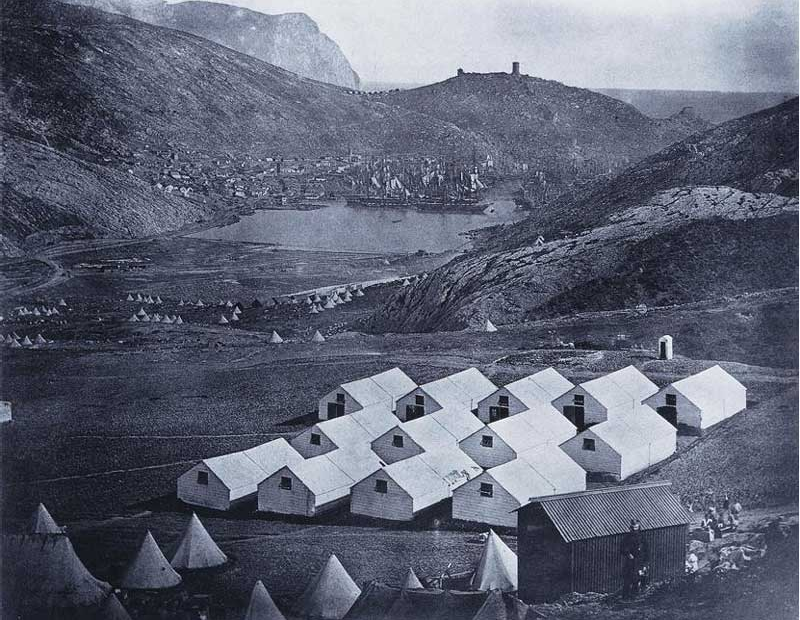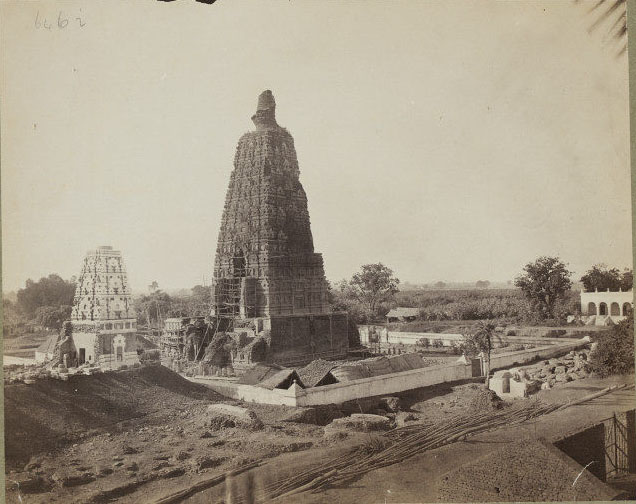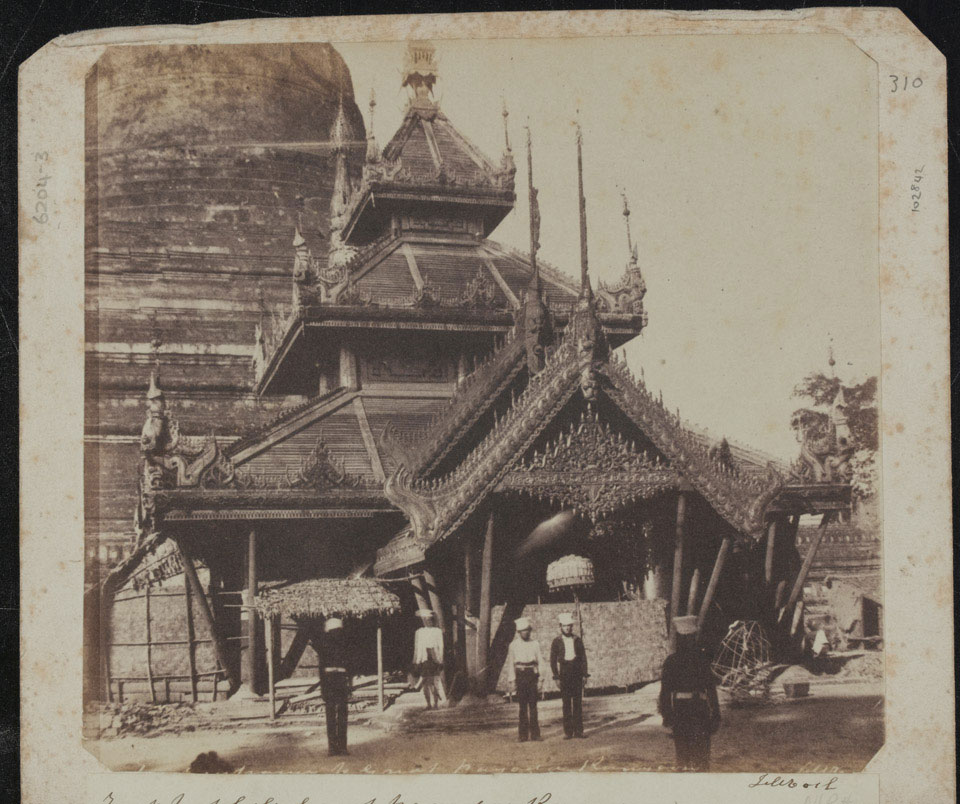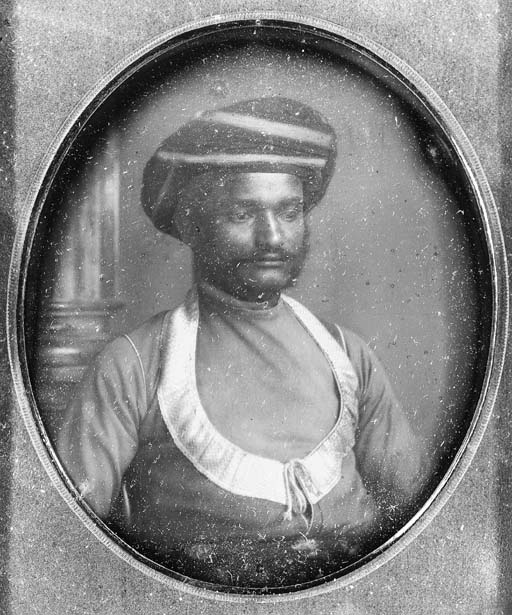James Robertson (1813–88), was an English engraver, artist and photographer who was active from 1853 to 1867 in Constantinople (present-day Istanbul), Crimea Palestine, Syria, Malta, Cairo and in India. Around 1852, inspired by the French engineer, Industrialist and photographer Ernest de Caranza, he took up photography, and for the next fifteen years devoted considerable time and effort to master the new art. He opened one of the first commercial photography studios in Constantinople between 1854 and 1856.
James Robertson, mentored Antonio Beato and Felice Beato in photography during the mid-1850s and eventually became business partners. Robertson and Beato brothers found a studio in the name Robertson & Beato. In Constantinople, Robertson and Beato focused on city’s archaeological, religious, and architecturally significant sites of the area such as the mosque of Sultan Ahmed built in the 1600s, a masterpiece of the Islamic period.
In 1855, Robertson along with Felice Beato, travelled to Balaklava, Crimea where they photographed the closing stages of the Crimean War. Crimean War was a three-year conflict in which Britain and France joined the Ottoman sultan to oppose Russian strategic interests in the region.
The photographic documentation of the Crimean War serves as the first time in world history that the darker side of war ever reached the public eye and ultimately laid the foundation for the future journalistic practices.
In 1857, James Robertson along with Felice Beato reached Calcutta in India to photograph the aftermath of the Indian Rebellion. It was unclear about the number of photographs taken by James Robertson during his stay in India. It is also fare to conclude that in India and China it was Felice Beato who did the actual work in the field, while Robertson’s part was to support in the business side of the adventure.
James Robertson exhibited his work widely in Britain. His first exhibition “Grecian Antiquities” was exhibited at the Royal Society of Arts in 1854, and subsequently, he showcased his work in the Photographic Society of London (1855–1858), the Manchester Art Treasures Exhibition (1857), etc. His Crimean photographs were on display in London and some provincial cities from 1855 to 1856.
Robertson and the Beato brothers employed Calotype process also called Talbotype initially, later learning Salt prints, Albumen and Collodion glass plate negative processes for assignments in Constantinople and in Crimean War.
The Calotype negatives and the Salt print processes which were popular in the 1840s, both invented by Talbot, share many characteristics. In both processes, the final visible images were finely divided particles of metallic silver. Both were based on the same kind of writing paper; the image is in the surface fibres of the paper, not in an emulsion or under a coating. The sensitivity of the papers was suitable only for contact printing, and no enlargement, the negative had to be the same size as the desired final print and vice versa.
The salt prints were a printing-out process. The final image was composed of fine particles of metallic silver – the energy to reduce this silver from the sensitive compounds came entirely from the light, and the visible image formed under its action. It was a relatively simple and economical process and produced pleasing print tones. The Calotype negative process was a developed-out process. It gained a much greater sensitivity by chemically amplifying an invisible latent image left by the light.
James Robertson extensively used Paper negatives and Salt prints. His prints are in the collections in Getty Images, Royal Collection Trust, British Museum, Benaki Museum and in many other collections worldwide.
Reference
https://www.getty.edu/art/exhibitions/beato/
https://www.rct.uk/collection/search#/page/1
http://resources.culturalheritage.org/pmgtopics/2011-volume-fourteen/14-11_Freeman.html
https://www.gla.ac.uk/myglasgow/specialcollections/collectionsa-z/hilladamson/calotypeprocess/
James Robertson and Felice Beato in the Crimea: Recent findings, History of Photography, Luke Gartlan, 2005, http://www.tandfonline.com/loi/thph20
James Robertson and his Crimean War, Campaign,B. A. Henisch & H. K. Henisch, 2002, http://www.tandfonline.com/loi/thph20
ames Robertson of Constantinople; a chronology, History of Photography,B. A. Henisch & H. K. Henisch, 1990, http://www.tandfonline.com/loi/thph20








